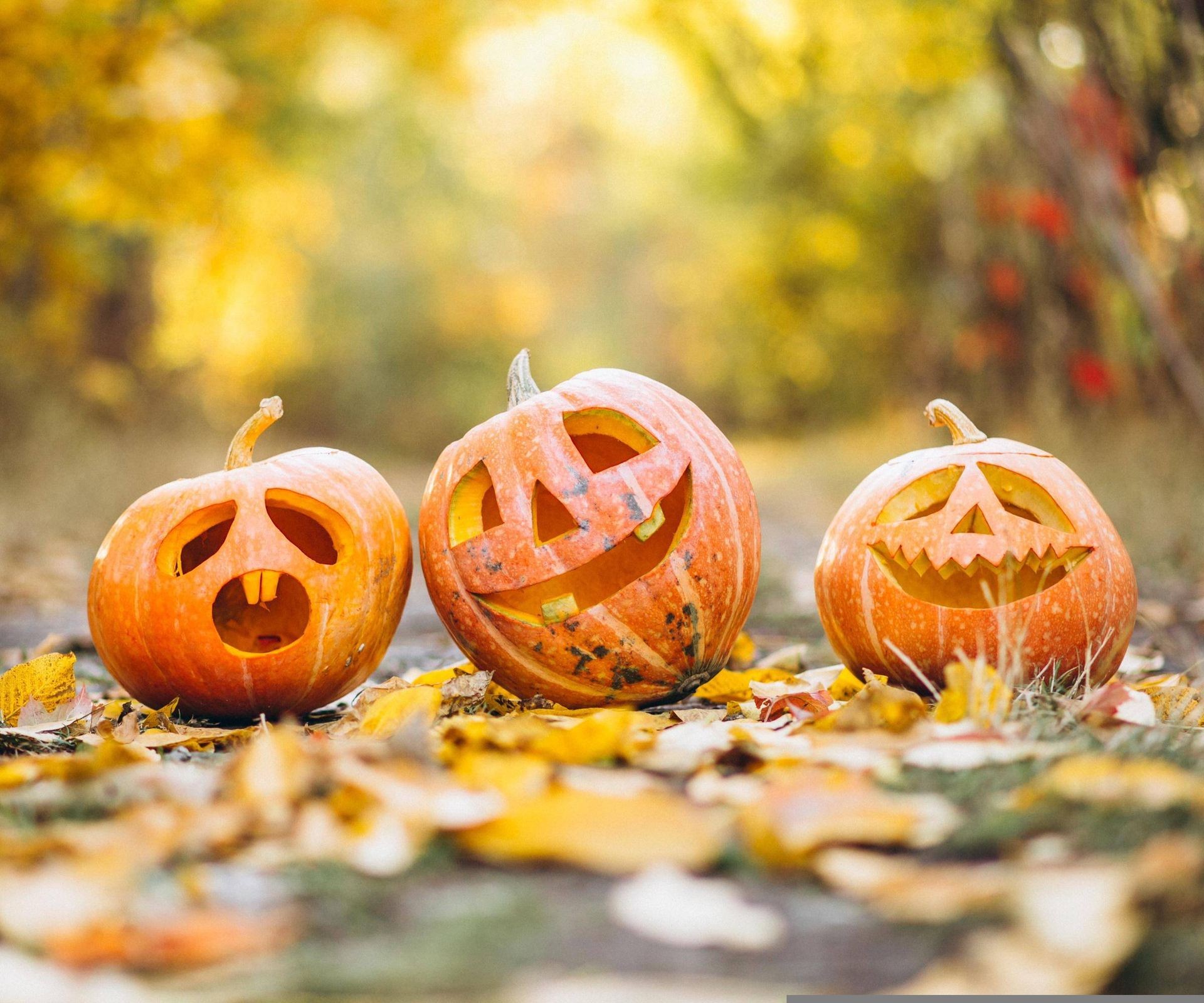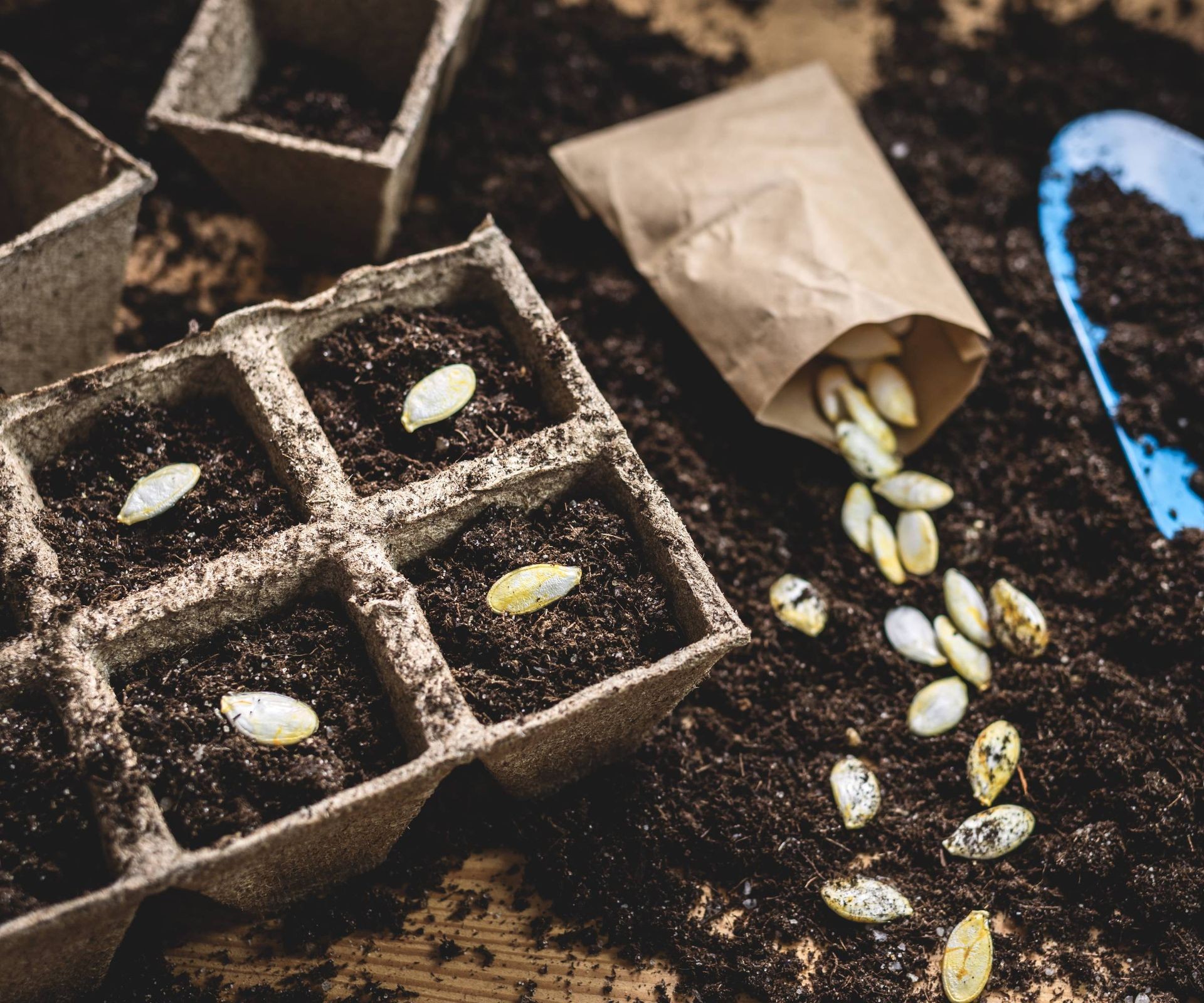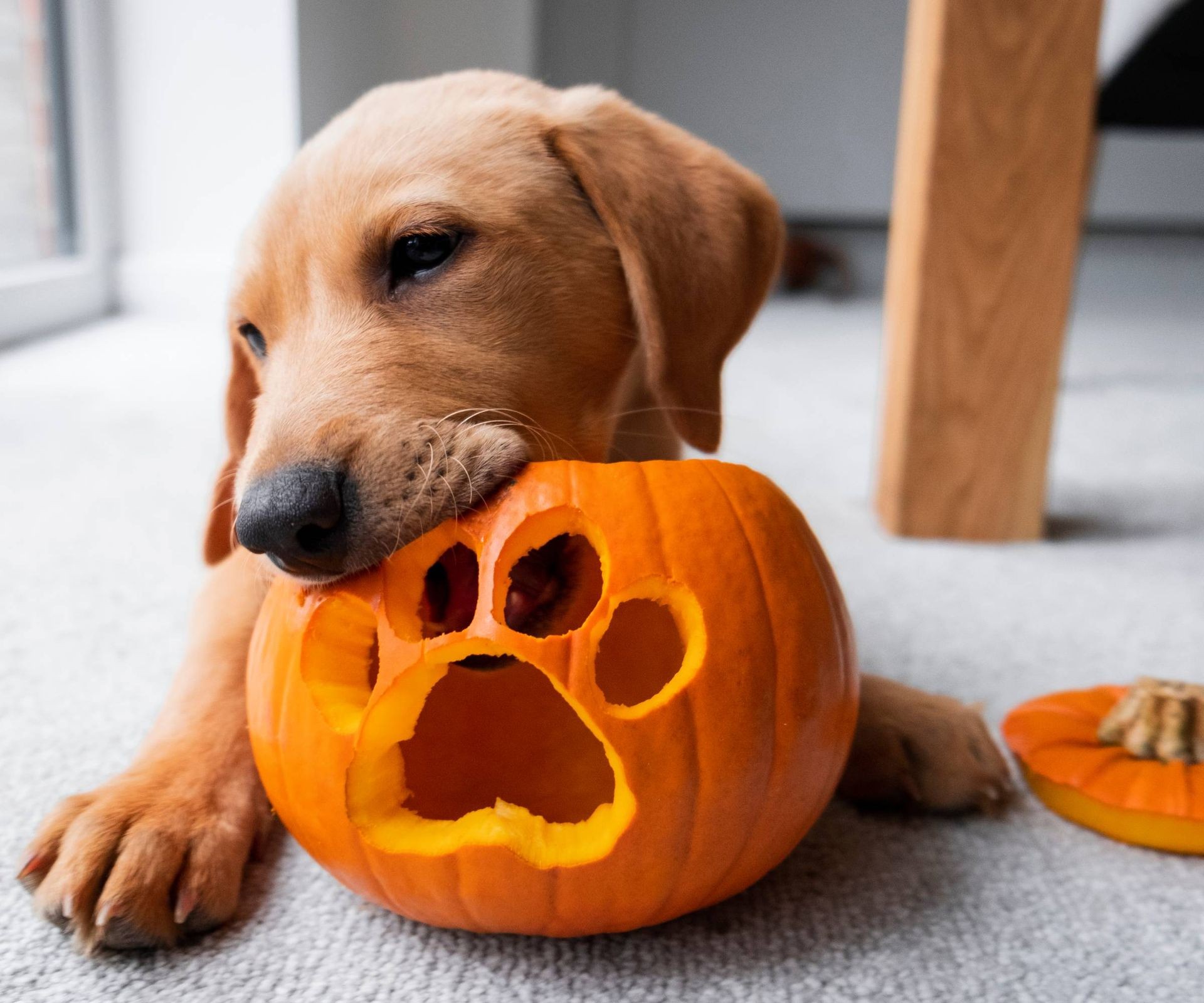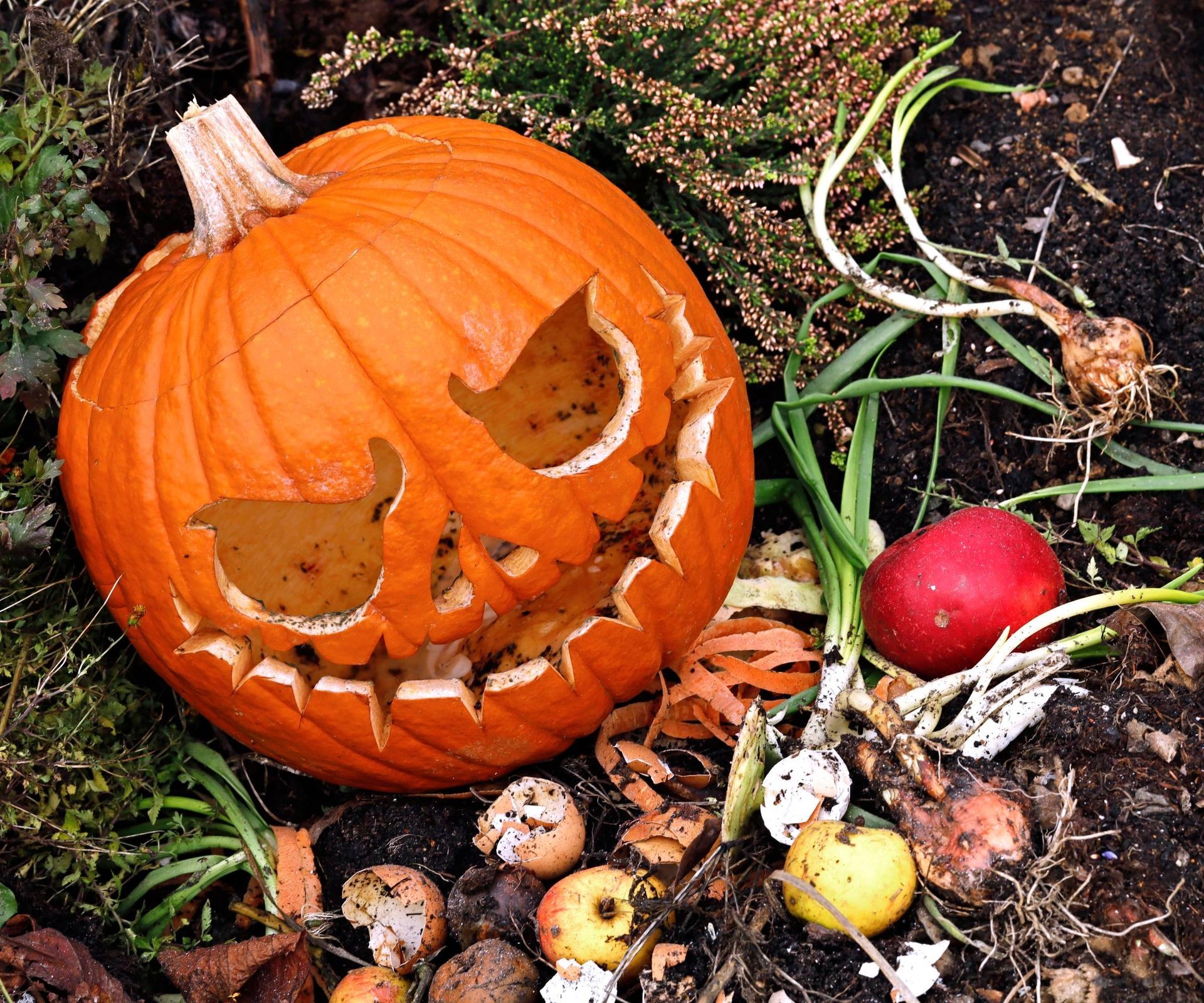No products in the cart.
NEWS
Creative Ways to Repurpose Halloween Pumpkins After the Holiday
As the excitement of Halloween fades, those cheerful jack-o’-lanterns that adorned porches and doorsteps often become a question: what to do with leftover pumpkins? Instead of simply discarding them, there are numerous creative and environmentally friendly ways to give your pumpkins a second life in your garden, kitchen, or as treats for wildlife. As specialists in sustainable practices, we’ve gathered some practical ideas to help you make the most of your post-Halloween pumpkins.
 Three carved jack-o'-lanterns on display after Halloween.
Three carved jack-o'-lanterns on display after Halloween.
Pumpkins, whether carved or uncarved, offer valuable resources that can be repurposed. The key is to separate the different parts – the seeds, the pulp (flesh), and the outer shell – as each can be used in unique ways.
What to Do with Pumpkin Seeds?
Don’t toss those seeds! Pumpkin seeds are a versatile resource.
Saving Seeds for Planting
If you’re interested in growing your own pumpkins next year, save the seeds. Clean them thoroughly to remove any pulp, then spread them out on a paper towel or screen in a dry, airy spot away from direct sunlight. Allow them to dry completely for several days to a week. Once dry, store them in a paper envelope or a small jar in a cool, dark, and dry place until spring planting. Remember that seeds from hybrid varieties may not grow true to the parent plant, but it’s still a fun experiment!
Roasting Pumpkin Seeds for Snacks
Roasted pumpkin seeds are a delicious and nutritious snack. Clean the seeds well, pat them dry, then toss them with a little oil (like olive or vegetable oil) and salt or other desired seasonings. Spread them in a single layer on a baking sheet and roast in an oven preheated to around 300-350°F (150-175°C) for about 10-20 minutes, stirring occasionally, until they are golden brown and crispy.
Offering Seeds to Wildlife
Raw or roasted, unsalted pumpkin seeds can be a good source of food for birds and other small wildlife in your garden, especially as colder weather approaches.
 Planting saved pumpkin seeds in soil for next year's harvest.
Planting saved pumpkin seeds in soil for next year's harvest.
What to Do with Pumpkin Pulp?
The soft, stringy flesh inside the pumpkin, known as pulp, is perfectly usable, provided the pumpkin hasn’t begun to rot.
Cooking and Baking
Pumpkin pulp is the base for many culinary delights. While some pumpkin varieties are bred specifically for cooking (like sugar pumpkins), the pulp from carving pumpkins can still be used, though it might be less sweet or more watery. To prepare, scoop out the pulp, remove any large seed remnants, and cook it down by roasting or boiling until soft. Purée the cooked pulp to use in pies, soups, muffins, bread, or even pasta sauces. Important Note: If your pumpkin has been sitting out carved for more than a day or two, the pulp may be unsafe to eat due to bacterial growth. Always err on the side of caution.
Feeding Pets (in moderation)
Cooked, plain pumpkin pulp (without spices, sugar, or salt) can be a healthy addition to the diet of some pets, particularly dogs and cats. It’s often recommended by veterinarians as a source of fiber to help with digestive issues. Always check with your vet before introducing new foods, and serve in moderation.
Composting
If the pulp isn’t suitable for consumption or you simply have too much, it’s an excellent addition to your compost pile. It breaks down relatively quickly and adds valuable organic matter.
 A playful puppy near a leftover carved pumpkin, exploring the shell.
A playful puppy near a leftover carved pumpkin, exploring the shell.
What to Do with Pumpkin Shells?
The outer shell of the pumpkin can also be repurposed.
Creating a Wildlife Feeder
An uncarved or recently carved (not too decayed) pumpkin shell can be turned into a temporary wildlife feeder. Cut larger openings into the sides, add small sticks as perches, and fill the base with birdseed, nuts, or corn. Place it in a spot accessible to birds or squirrels.
Offering to Wildlife
Larger animals like deer may appreciate whole or halved pumpkins left in an appropriate outdoor area away from roads. For smaller critters, chopping the shell into smaller, manageable pieces makes it easier for them to eat. Ensure the pumpkin was grown without harmful pesticides if using it for wildlife food.
Composting
Pumpkin shells are fully compostable. To speed up the decomposition process in your compost pile, chop the shell into smaller pieces before adding it. This increases the surface area available for microbes to break down the material.
 An old jack-o'-lantern sits outdoors, ready for composting or wildlife.
An old jack-o'-lantern sits outdoors, ready for composting or wildlife.
Conclusion
Giving your Halloween pumpkins a second life benefits not only your garden and local wildlife but also reduces waste. By separating and repurposing the seeds, pulp, and shells, you transform a temporary decoration into valuable resources. From planting new life and creating delicious snacks to feeding beneficial creatures and enriching your soil through composting, there are many rewarding ways to handle your post-holiday pumpkins. Explore more sustainable gardening and living tips on Biogarden.Asia.



